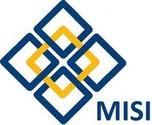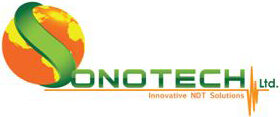Reproducibility
An important factor is the reproducibility of the measurements. Measuring exact on the same location is essential, to avoid false assumption on corrosion rates. Manual wall thickness measurements are taken at key points only. There is a large chance that the actual thinnest point at the measurement location is missed, even when the procedures prescribes a 100% inspection. Other error sources can come from different equipment settings, changed surface conditions and operator errors. It is therefore risky to use the obtained wall thickness data for trending purposes as it can lead to large deviations between subsequent inspections. These deviations in corrosion and erosion rates influences the remaining life time calculations adversely. The SonoInspec corrosion mapping technologies eliminate these drawbacks.












